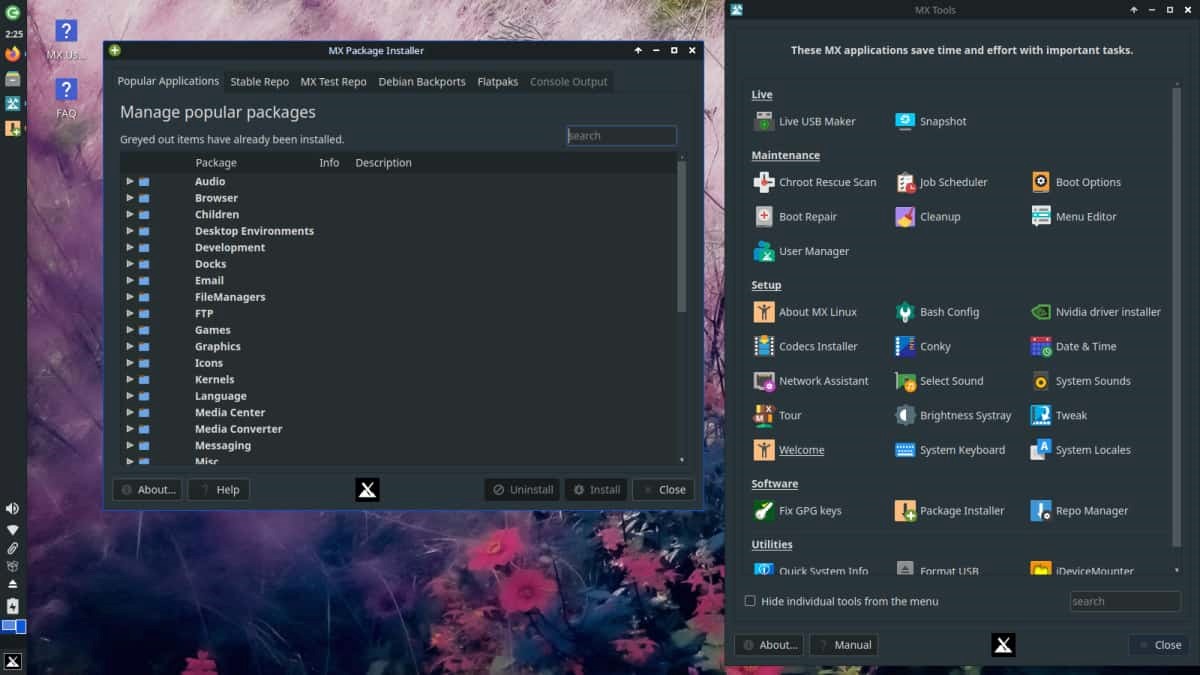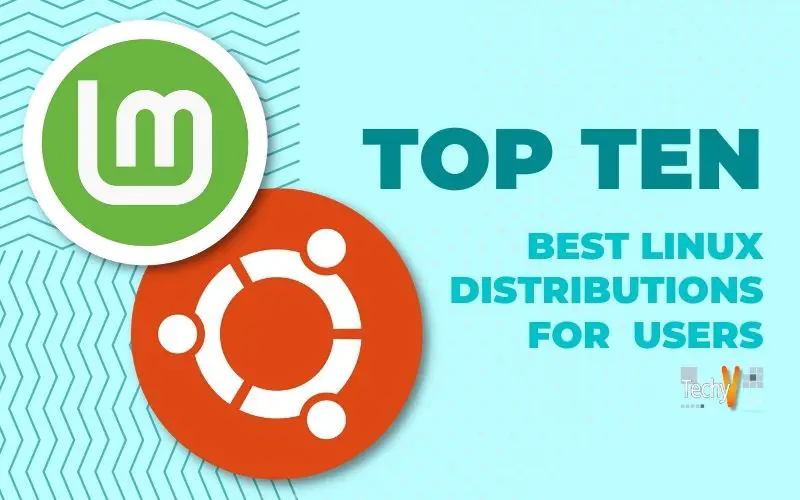Linux, a free & open source operating system, is more reliable and secure than Windows, providing faster updates. Since it is open-source, users can download the software for free and customize the source code as per the requirement. A Linux distribution called Linux distros is a single operating system assembled from various components compiled to install and use. Every Linux distribution has a Kernel, GNU shell utilities, X server, desktop environment, package management system, an installer, and other graphical programs. Currently, there are more than 300 active Linux distributions. These distros provide users with the availability of more feature choices. Here, we will list the best 10 Linux distributions.
1. Ubuntu
Ubuntu is the most popular Linux distribution by Canonical that you can use on smartphones, tablets, PCs, servers, and cloud VPS. According to a research report, more than 34% of websites use Ubuntu. It is a version of Debian that comes with pre-installed apps and repositories libraries. The look of its user interface catchily allows you to customize the look as per the requirements.

2. Linux Mint
Linux Mint is a Linux distribution based on Ubuntu suitable for beginners. It provides a classic desktop experience with convenient configuration tools, custom desktops and menus, and a web-based package installation interface. Linux Mint comes in 3 different editions – Cinnamon, Mate, and Xfce. Cinnamon is a modern, innovative, and full-featured desktop than Mate and Xfce. Mate is a faster desktop, and Xfce is a lightweight desktop.
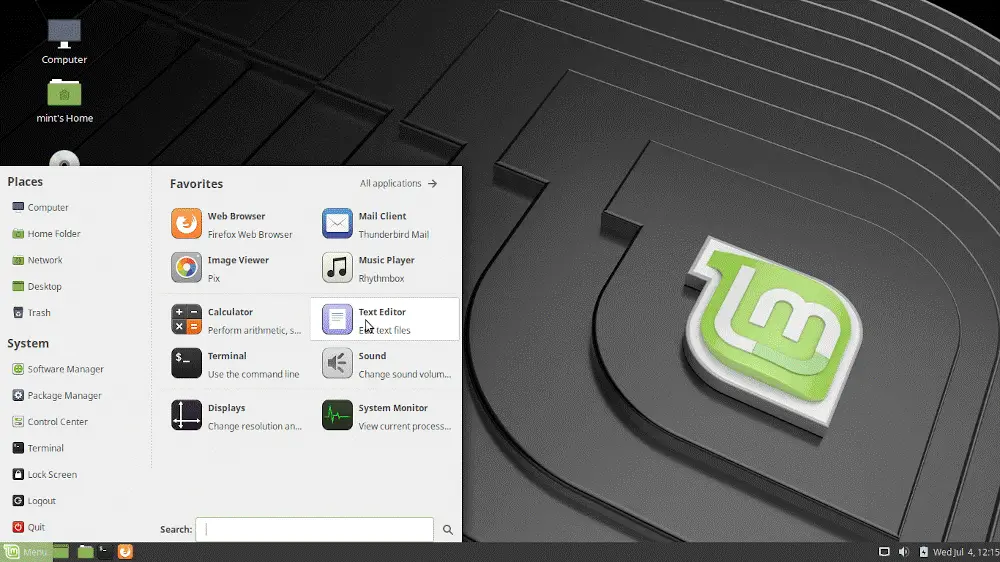
3. Debian
Debian is an open-source and free distribution of software and one of the stable Linux distributors for personal computers and network servers. Debian GNU/FreeBSD is a Linux distribution consisting of GNU Userland and Free BSD kernels. Debian GNU/Hurd is a Linux distribution that uses GNU Mach microkernel in conjunction with Hurd. Hurd is a set of servers on the top of Mach microkernel.
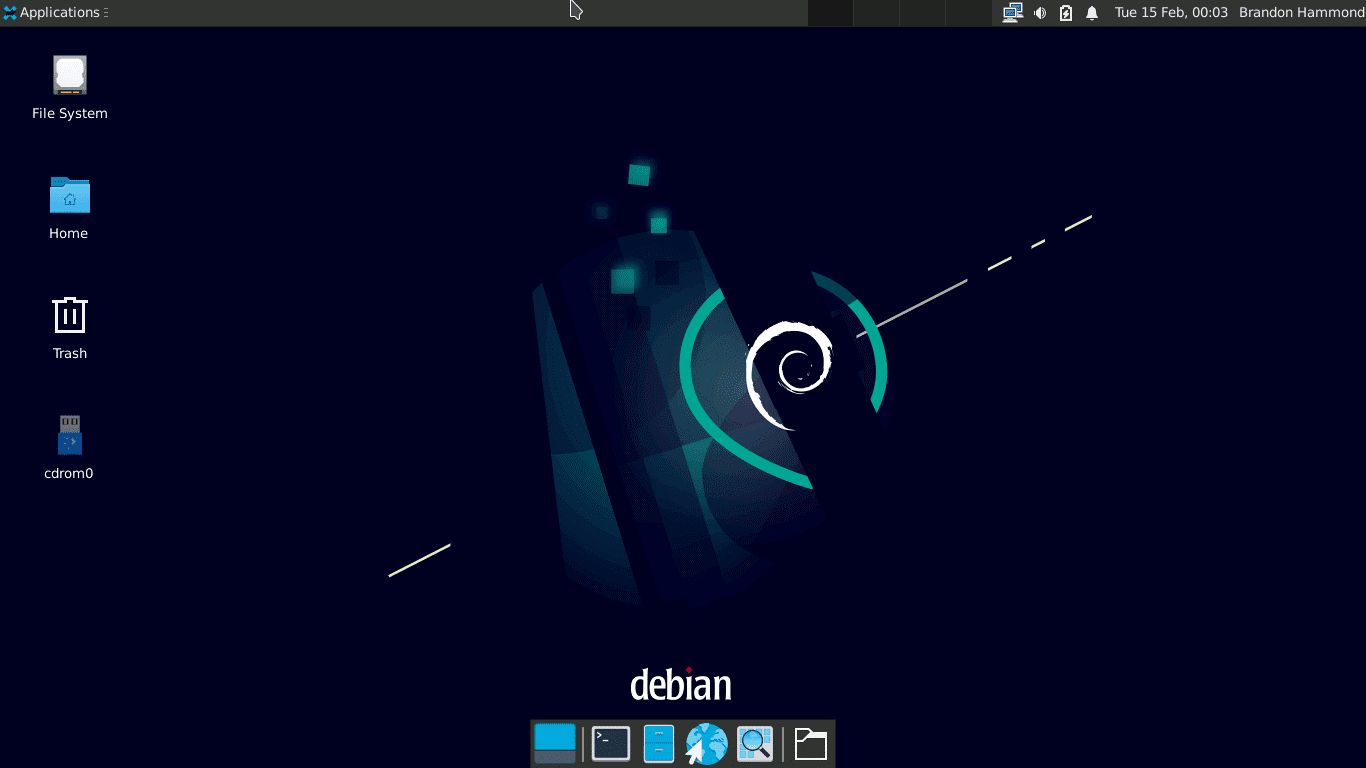
4. Fedora
Fedora is an open-source, free Linux platform and an upstream source of the commercial RHEL distribution. There are various versions for Fedora – Workstation (Desktop), Server, CoreOS, Silverblue, and IoT, with an ARM version for ARM-based servers. GNOME is Fedora’s default desktop environment. But there is also an alternative desktop, KDE Plasma or Xfce. With Fedora spins, users can choose their preferred desktop environment and install Fedora.
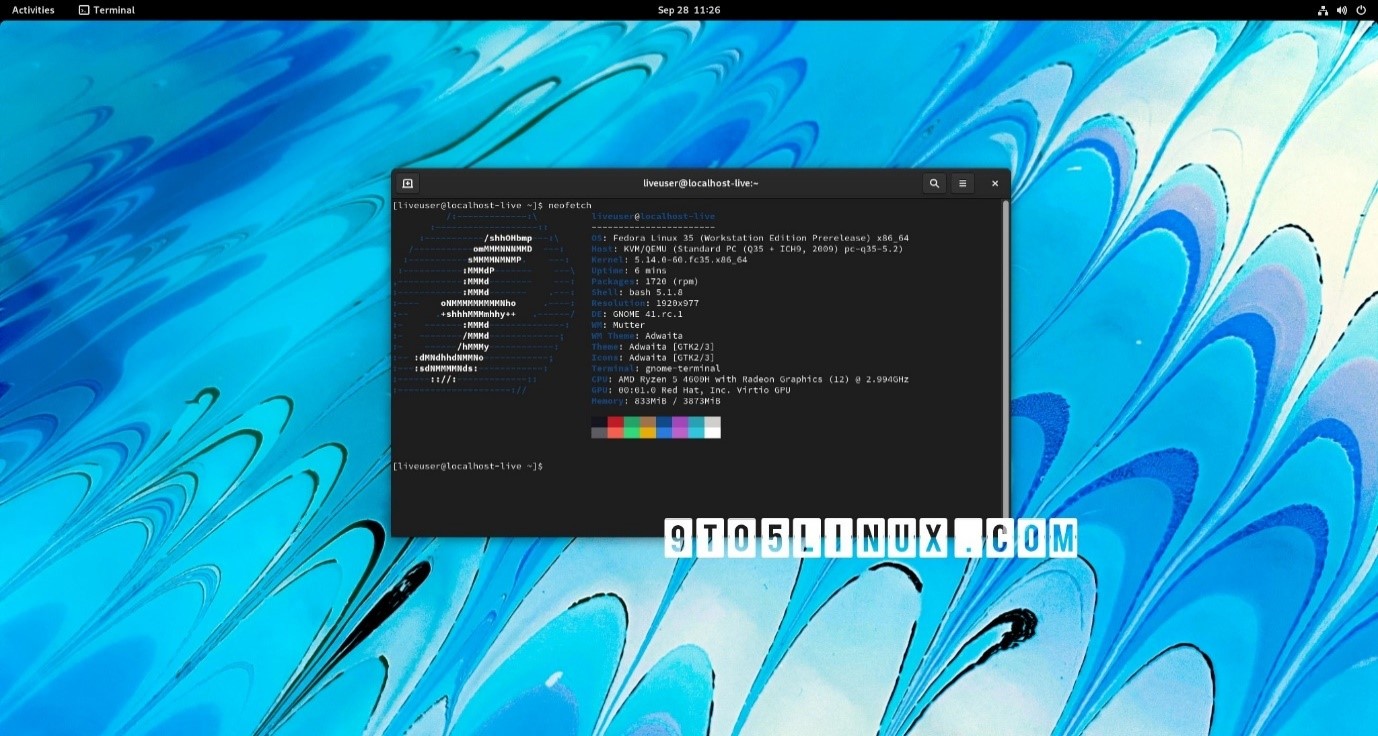
5. Manjaro
Manjaro is an Arch Linux-based free and open-source Linux distribution. It provides a pleasant installation and operation experience for beginners and experienced users. The user interface of Manjaro is good and offers a bunch of built-in GUI applications. The intuitive installation process, automatic hardware detection, installation of multiple kernels, and stable rolling-release model are a few of its features. Xfce is the Manjaro’s core desktop.
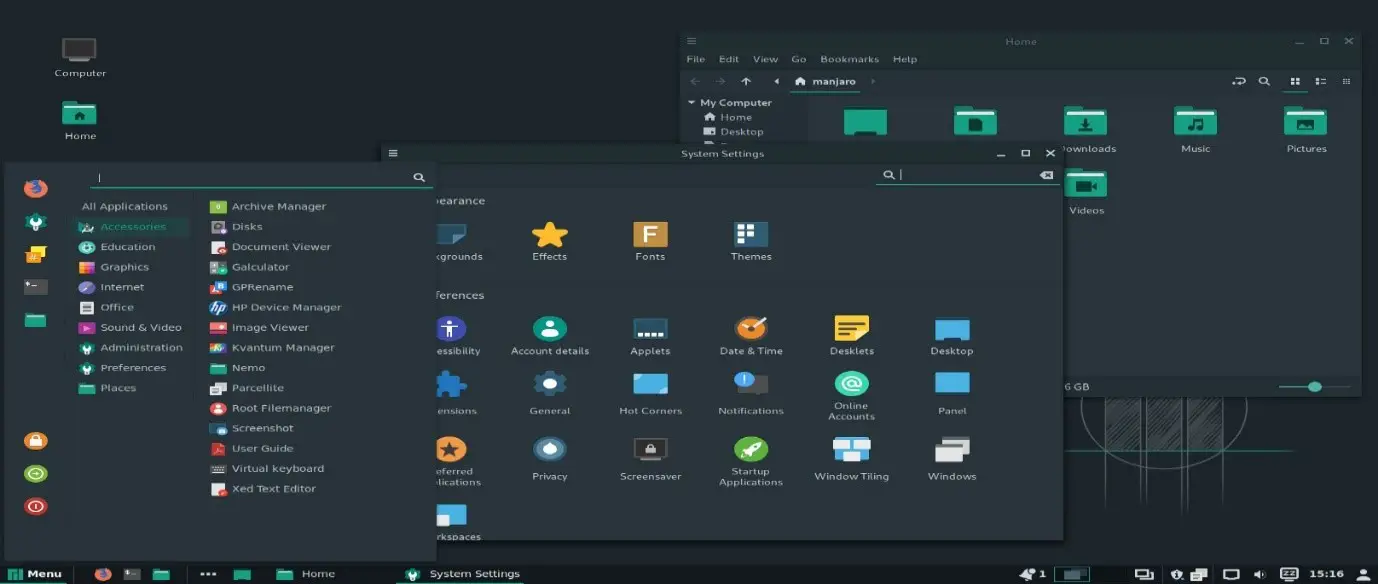
6. Elementary OS
Elementary OS is an Ubuntu-based Linux distribution. It has one of the best-looking desktop distributions and is compatible with its repositories and packages. A custom desktop environment called Pantheon is one of its good features, along with a few custom apps like Photos, Music, Videos, Calendar, Terminal, etc. It is a fast, open, and privacy-respecting option for a replacement for Windows and macOS.
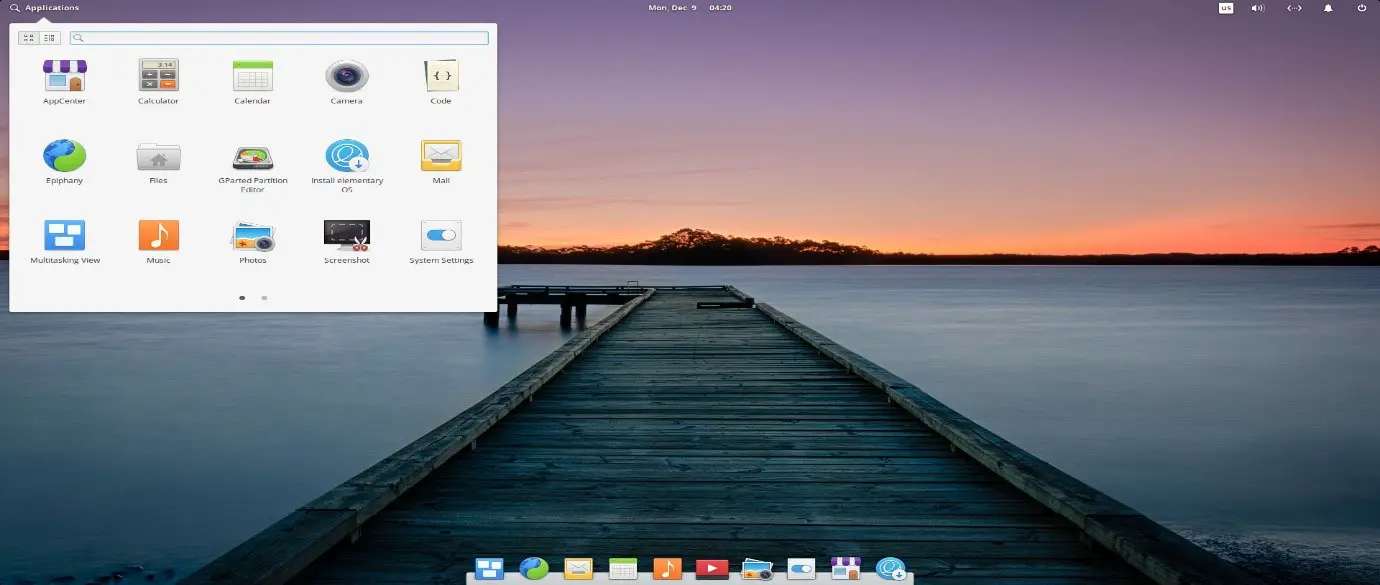
7. Arch Linux
Arch Linux is a lightweight and flexible, independently developed Linux distribution. Users have to follow a set of commands while installing Arch Linux. With the help of the package manager, Linux provides updates to the latest software apps with full dependency tracking. The Arch Build System (ABS) helps build new packages, modify the configuration, and share them with other users via the Arch Linux repository.
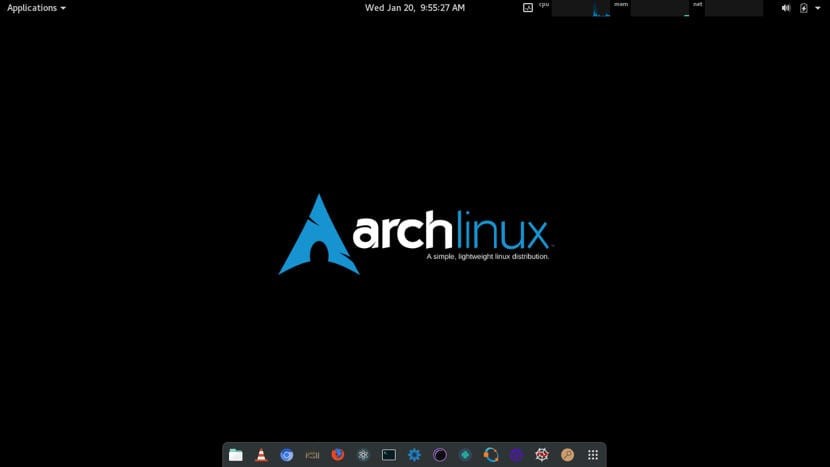
8. Zorin OS
Zorin OS is the best Ubuntu-based Linux distribution that acts as an alternative to Windows and Mac. It has a Zorin appearance app that lets the users change the desktop environment to the appearance familiar to them. This Linux software makes your computer faster, robust, secure, and privacy-respecting. The default desktop environment of Zorin OS is either GNOME 3 or XFCE 4.
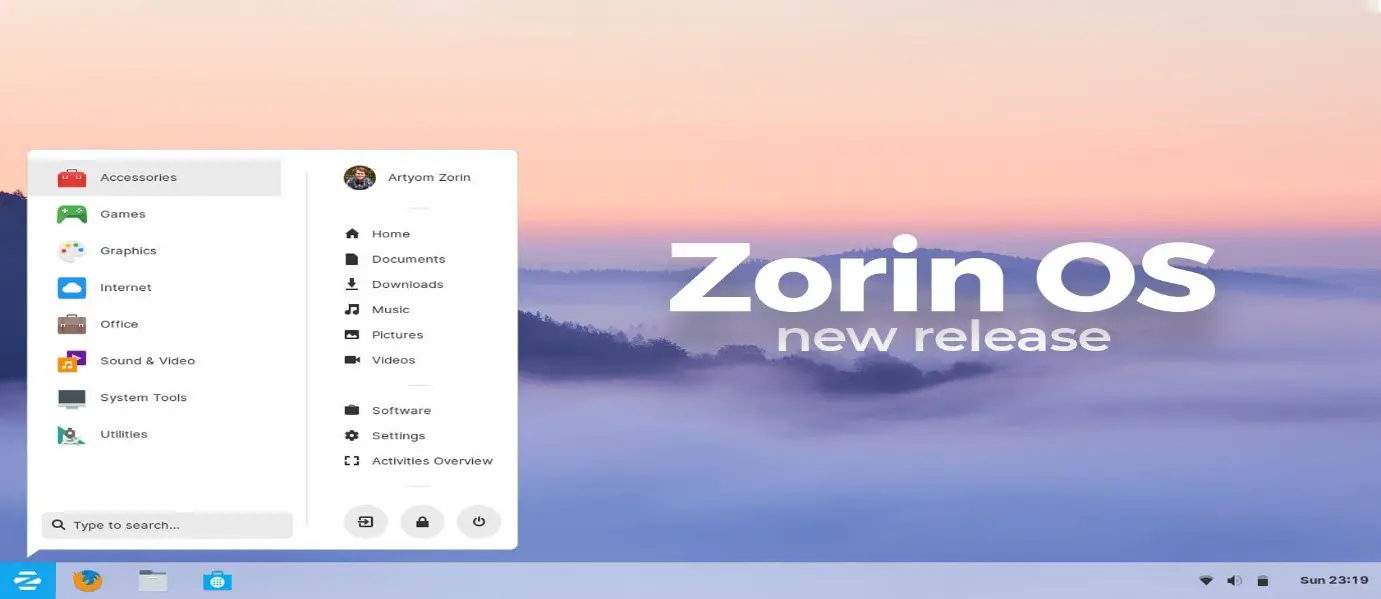
9. Red Hat Enterprise Linux (RHEL)
Red Hat Enterprise Linux (RHEL) is Red Hat’s open-source Linux distribution. It can work on desktops, servers, or in the cloud. As it is open-source software under General Public License (GPU), the code is available to the public via CentOS. CentOS, Oracle Enterprise Linux, Scientific Linux, and Pie Box Enterprise Linux are a few notable RHEL Linux distros.
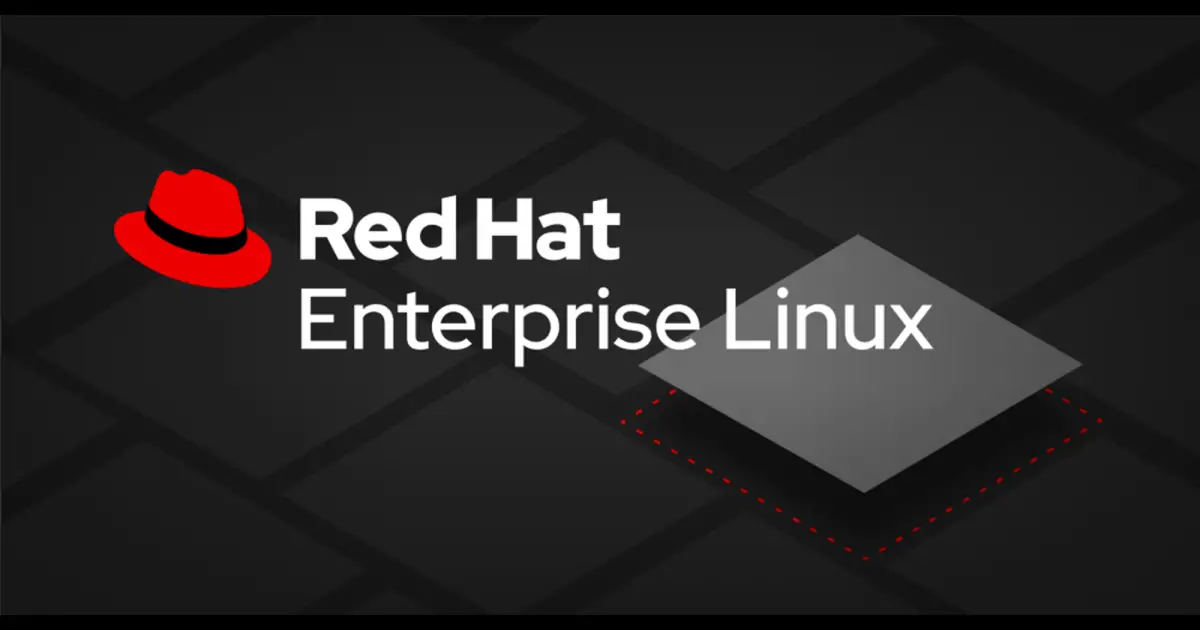
10. MX Linux
MX Linux is a midweight, simple, and stable distribution based on Debian for all types of users and applications. It provides an elegant and efficient desktop with a simple configuration, high stability, solid performance, and a medium-sized footprint. The three versions of MX Linux are XFCE, KDE, and Fluxbox. XFCE is the standard edition of MX Linux that has an extensive collection of themes, wallpapers, and icons.
